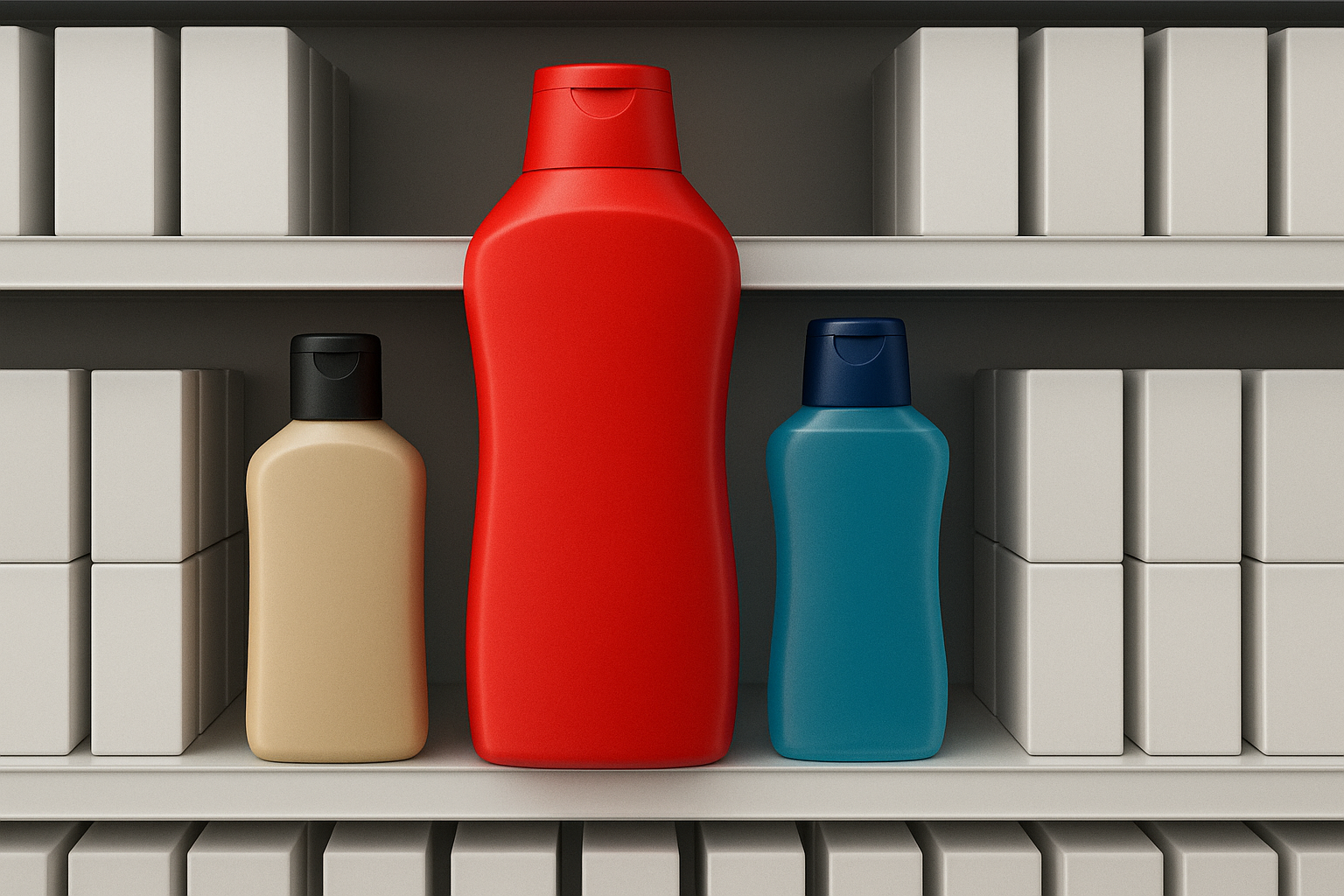Researchers have been examining the influence of packaging design on consumer taste impressions. They wanted to quantify to what extent, taste related associations portrayed by packaging shape curvature and colour saturation of packaging transferred to subsequent taste experiences.
Experiments have shown that people intuitively make connections between different sensory domains, a phenomenon referred to as ‘cross-modal correspondence’. For instance, a study revealed that adding a small percentage (15%) of yellow to the overall green colour of 7-Up cans led consumers to experience the taste as more lemony (even though the drink itself had not been manipulated).
With respect to impressions of intensity or potency perceptions, various shape features (e.g., size, relative height, shape angularity) have also been shown to affect consumer evaluations.
The relationship between shape angularity and product potency perceptions has been particularly well documented. Researchers have identified that angular shapes present a confrontation between stimulus and surroundings and are therefore readily perceived as expressive of confrontation or conflict. Similarly, angular shapes tend to induce associations with traits that express energy, toughness, and strength, whereas rounded shapes tend to induce perceptions of approachability, friendliness, and harmony.

In summary, an angular, as opposed to a rounded, packaging shape leads consumers to experience the product taste as more intense.
Consumers also use colour to draw inferences regarding product attributes. For example, packaging colour is an important determinant of sweetness perceptions. Orange, compared to white, packaging colour led consumers to expect a higher level of juice sweetness, and consequently affected taste evaluations. Hence, consumers adjusted their taste ratings in line with the expectations triggered by packaging colour.
In addition, highly saturated colours boost perceptions of stimulus intensity. Increases in colour saturation induce potency related perceptions that subsequently influence the taste experience. Or in other words, a highly saturated, as opposed to a lowly saturated, packaging colour leads consumers to experience the product to be stronger and/or the taste as more intense.
An angular shape combined with a highly saturated colour or a rounded shape combined with a lowly saturated colour leads to a more positive overall product attitude compared to shape–colour incongruency (compared to an angular shape combined with a lowly saturated colour or a rounded shape combined with a highly saturated colour.
The findings from a number of research initiatives indicate that visual design parameters such as packaging colour and packaging shape do alter product taste/strength/potency perceptions, which in turn influence product evaluations, and experiences in non-visual sensory channels.
More specifically, angular product shapes inspire intense taste sensations. And associations portrayed by higher colour saturation also transfer to taste experiences.
Adcock Solutions have been improving the marketing communications of leading brands and retailers for more than 25 years. We explain how your customers think and make decisions so that you can engage with them more effectively.
Come to us for Behavioural Science insights and expertise that improve your brand's visibility, appeal, engagement, and sales.






